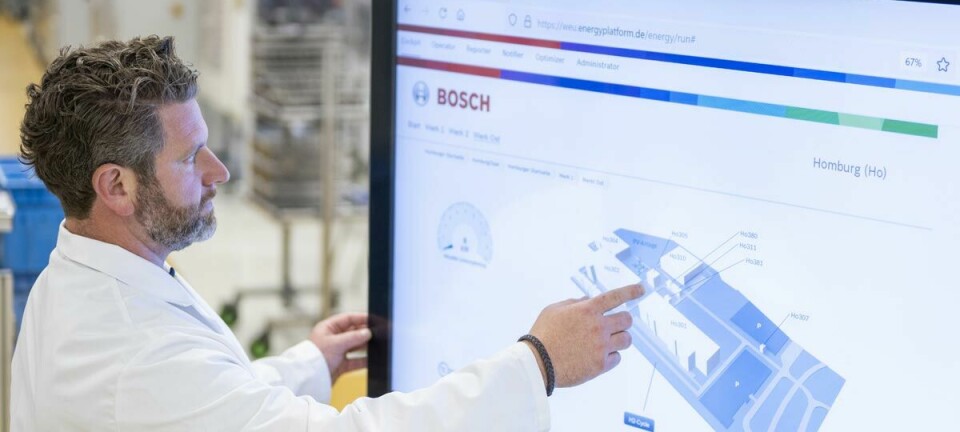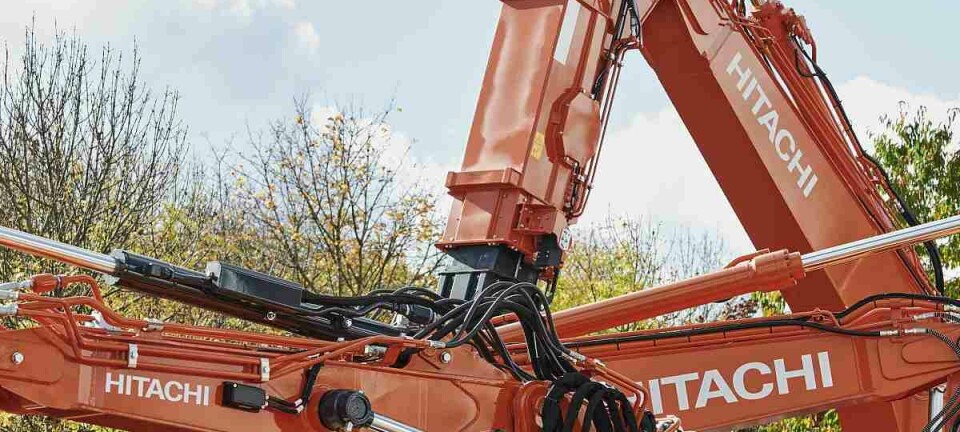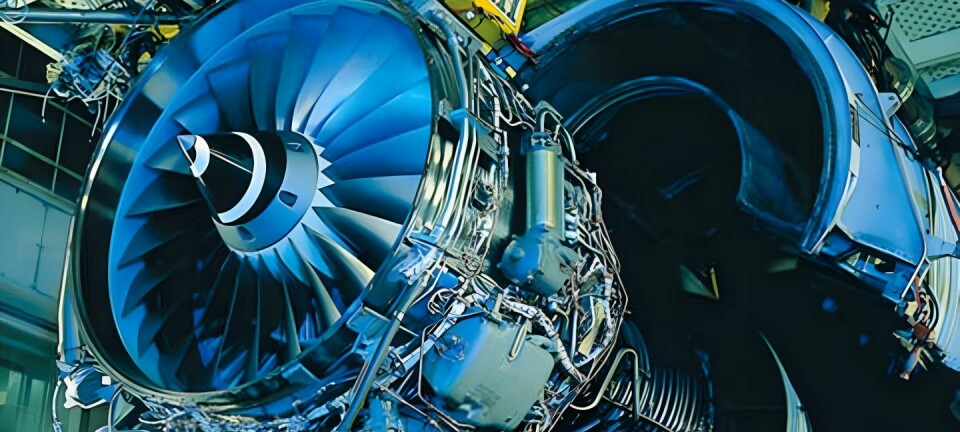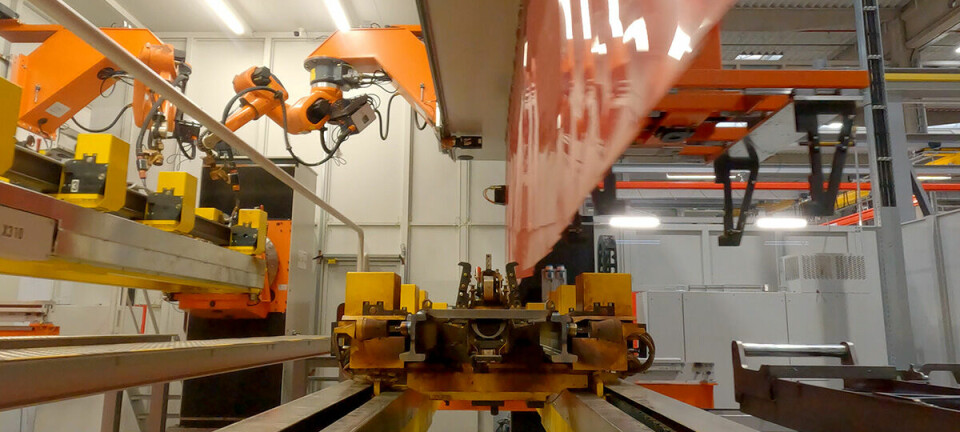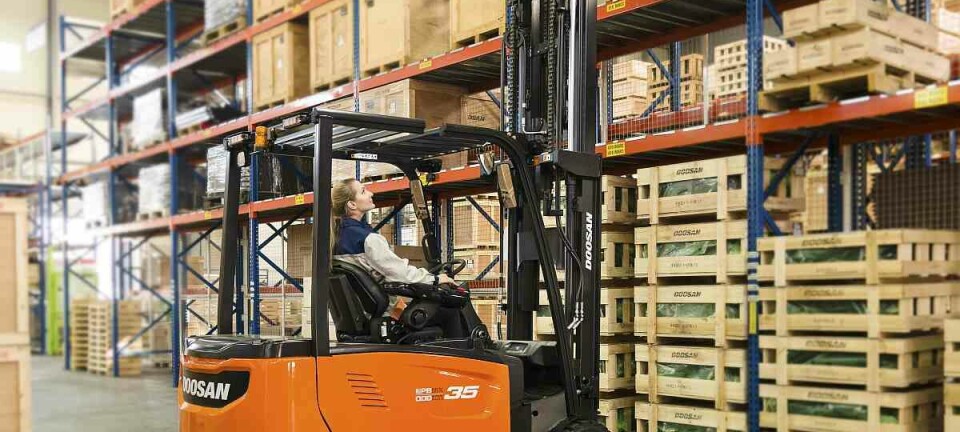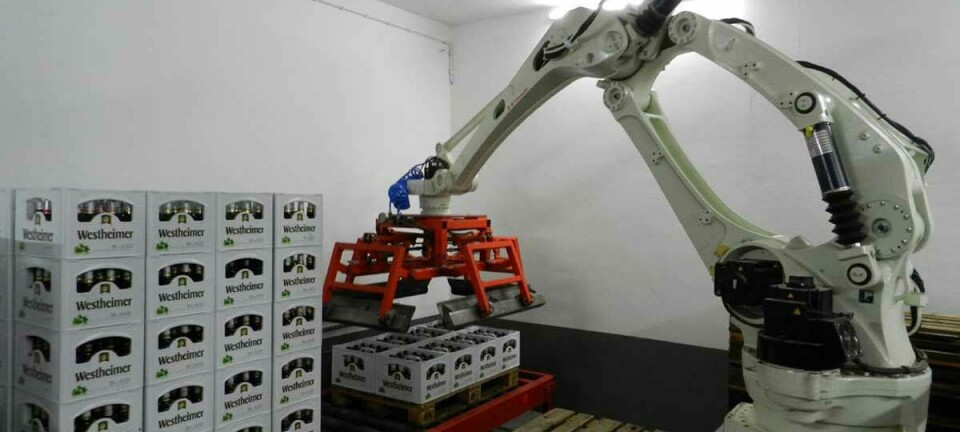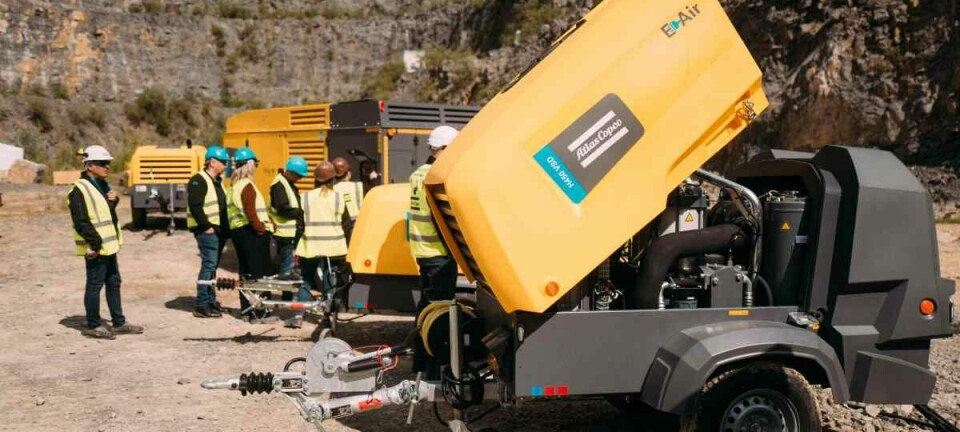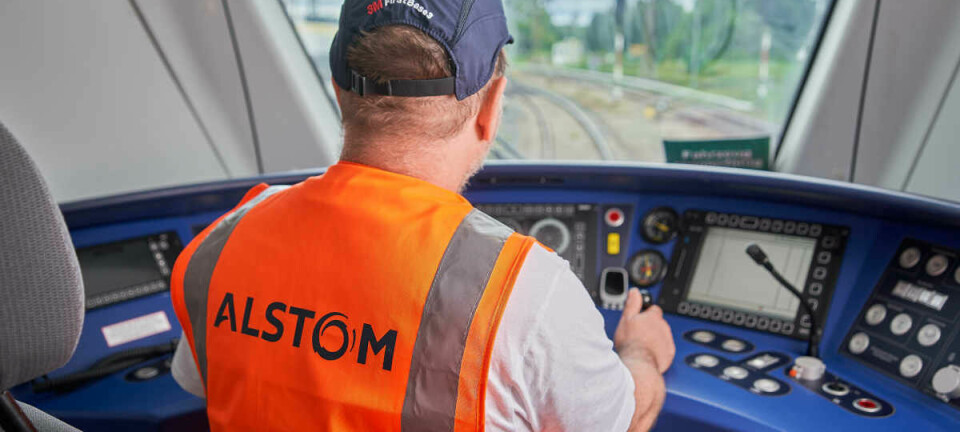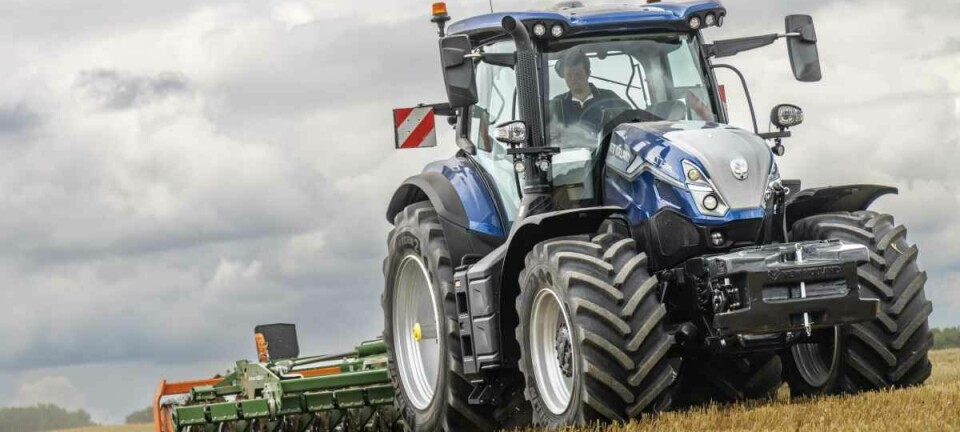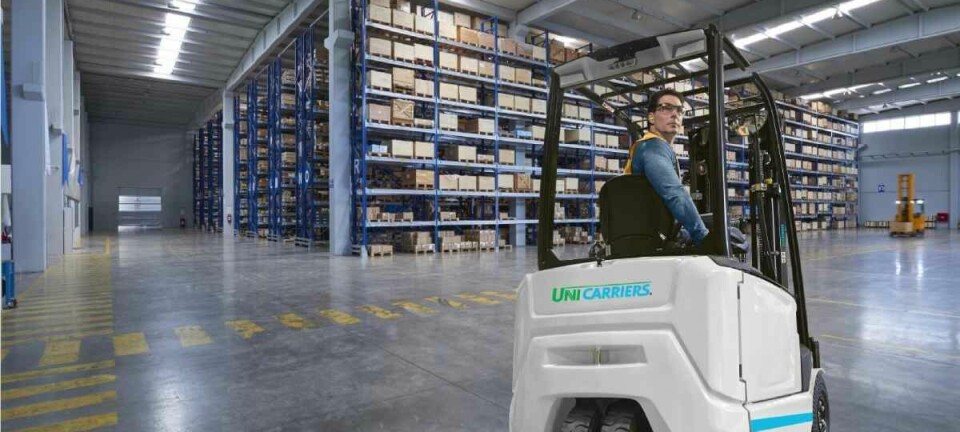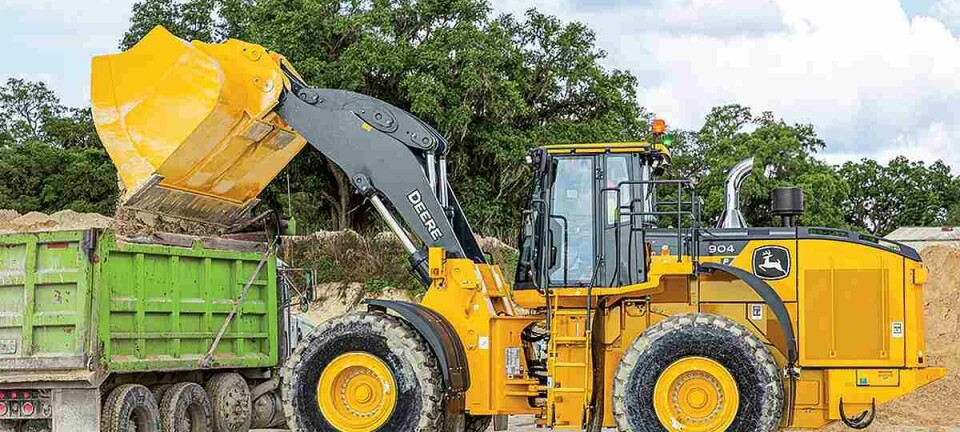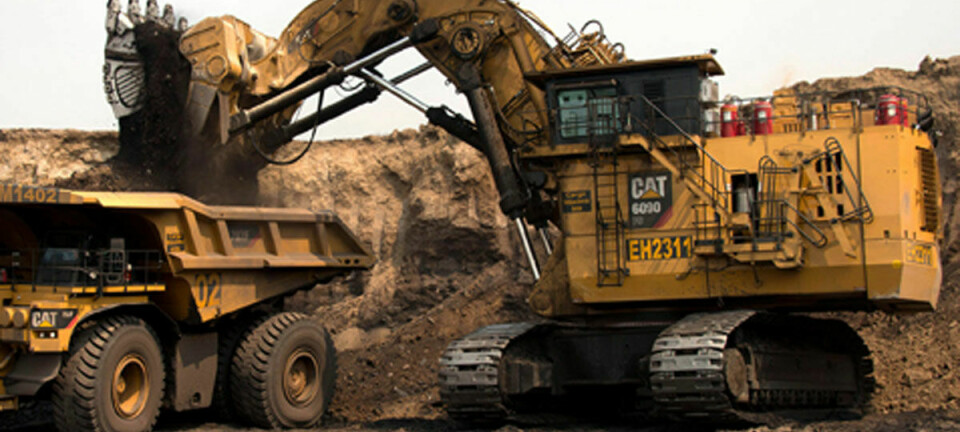Ranking 2024
The largest mechanical engineering companies in the world
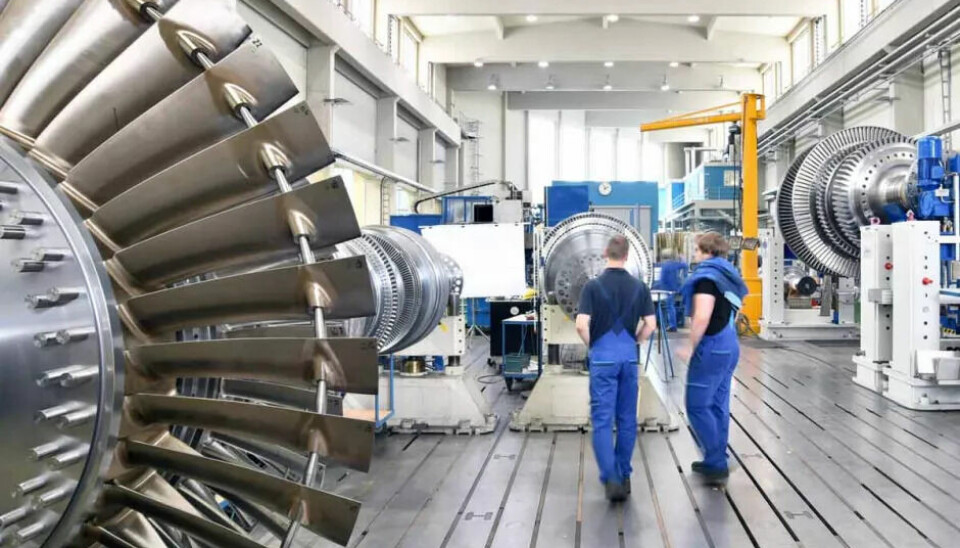
From wind turbine manufacturers to producers of giant combine harvesters: these are the largest mechanical engineering companies in the world by revenue.
The mechanical engineering sector is one of the largest industries worldwide. The industry is an important revenue generator and driver of innovation. For years, revenue worldwide only knew one direction: upwards - until 2022, when the mechanical engineering revenue of all companies in the industry reached around 3.385 trillion euros. In 2023, it fell to 3.28 trillion euros and in 2024 it amounted to 3.26 trillion euros according to VDMA.
For comparison: in 2006, the industry's revenue was still 1.425 trillion - thus, the global mechanical engineering revenue more than doubled within 18 years. There were only slumps in the years of the financial crisis (2009: 1.48 trillion euros) and the corona pandemic (2020: 2.585 trillion euros).
But which companies contribute to this? Because mechanical engineering is not just mechanical engineering. The companies are as diverse as the market itself, so delineation is not always easy. Looking at the global market, it is also difficult to obtain figures from Chinese companies, as many of them are state-owned.
We based our ranking on the revenue figures from 2024 of the Forbes 2000 list, and we researched the revenues of non-listed companies ourselves. However, this also means: where pure mechanical engineering revenue is not separately reported, revenues from other divisions also slip into the revenue result.
More extensive information on the 35 largest mechanical engineering companies in the world and their revenue figures can be found in our photo gallery.
China far ahead in mechanical engineering
In 2024, global revenue in mechanical engineering was around 3.26 trillion euros according to VDMA estimates. China generated about 1,215 billion euros of this, which corresponds to a share of around 35.7 percent of global mechanical engineering revenue.
This makes China by far the largest mechanical engineering producer in the world - ahead of the USA and Germany. The country is particularly strong in areas such as machine tools, construction machinery, electronics manufacturing, and increasingly in high-tech systems.
Around 25 percent is in Europe, making the region one of the leading mechanical engineering regions, particularly due to strong industries in Germany, Italy, France, and Austria. The focus is on automation, machine tools, and environmental technology. The USA accounts for about 13 percent, and Japan for just over 7 percent.
Large machine tool manufacturers in China
Qinchuan Machine Tool (Revenue 2022: 4,120 million CNY - 565 million US dollars)
Qinchuan Machine Tool Group, formerly Shaanxi Qinchuan Machinery Development, manufactures machines and components. The main products of the company from Shanxi province include gear grinding machines, thread grinding machines, cylindrical grinding machines, hobbing machines, CNC lathes and machining centres, combined gantry milling and grinding machining centres, plastic machines, broaching machines, complex CNC cutting tools, auto parts, special gearboxes, robot joint reducers, screw rotors, precision gears, precision instruments and precision castings. The company also offers digital workshops and system integration, machine tool refurbishment and factory services.
According to its own statements, QMT manufactures pressure measuring instruments and pressure sensors for the Ministry of Mechanical Industry, and the company is commissioned to manufacture electronic weighing devices for the Ministry of Light Industry. The products are widely used in the fields of national defence, aviation, shipping, railways, petroleum, chemical industry, electrical engineering, automotive, light industry, and metallurgy.
Haitian Precision Machinery (revenue 2022: 3,114 million CNY - 427 million US dollars)
Haitian Precision Machinery, based in Ningbo, develops and manufactures CNC machine tools. The company's products include CNC gantry machining centres (accounting for 57 percent of sales), CNC horizontal machining centres, CNC horizontal lathes (together about 10 percent of sales), CNC vertical machining centres, and CNC vertical lathes (both together about 26 percent). Haitian generates nearly 90 percent of its main sales within China.
AVIC High Tech (Aviation Industry Corporation of China) and AVIC Heavy Machinery
AVIC High Tech is almost 50 percent funded by a state fund and is mainly active in the fields of new aviation materials and machine tools. The company's main products include artificial joints, aviation equipment, composite materials, conventional machine tools, digital machine tools, and machining centres. The company conducts its aviation material business mainly in Beijing and sells its machine tools in most areas of China. AVIC High Tech generates its main revenue from aviation, with only just under two percent (11.5 million US dollars) contributed by machine tool manufacturing. AVIC also generates its revenue almost exclusively within China.
The AVIC conglomerate also includes AVIC Heavy Machinery with a 2022 revenue of around 12,000 CNY (1.65 billion US dollars). The production of forged and cast parts is on the agenda here. The company generates almost 97 percent of its revenue from this. Other products include hydraulic pressure products, coolers, gas turbines, metal materials, and intelligent high-end devices.
Rifa Precision Machinery (Revenue 2022: 2,140 million CNY - 293 million US dollars)
Rifa Precision Machinery produces and sells numerically controlled (CNC) machine tools. The company primarily manufactures CNC lathes, CNC grinding machines, vertical machining centres, horizontal machining centres, and gantry machining centres. Rifa generated nearly 46 percent of its revenue in 2022 from this. Other business areas include aircraft and helicopters as well as components and equipment for them, which together account for approximately 52 percent of revenue. Rifa generates the lion's share of its revenue from exports overseas (75 percent), with the rest (25 percent) being made in China.
Guosheng Intelligence Technology (Revenue 2022: 1,160 million CNY - 159 million US dollars)
Nantong Guosheng Intelligence Technology produces and distributes CNC machine tools, equipment components, and intelligent automated production lines. The CNC machine tool products mainly include metal cutting machine tools, such as horizontal precision machining centres and large complex gantry machining centres. They are used in biomedicine, aerospace, new energy equipment, and other industries. The equipment components include customised machine tool bodies, precision sheet metal welding parts, and castings. The revenue in 2022 was approximately 159 million US dollars, with 81 percent coming from the CNC sector. Guosheng Intelligence Technology also generates the majority of its revenue in China (92 percent).
Employees in German mechanical engineering
Like the revenues, the number of employees in mechanical engineering has been rising again since 2006. Previously, there was a long period of stagnation. Particularly in the years between 1991 and 1996, the number of employees plummeted.
From a former 1.4 million, around 955,000 remained in 2023 - referring to Germany. But due to the turbocharged globalisation in the 2000s, the classic "mechanical engineering companies" also benefited. After a sharp decline in 2020 due to the corona pandemic, the number of employees is slightly increasing again between 2021 and 2023.
Most employees in mechanical engineering work in Baden-Württemberg with just under 317,000, followed by Bavaria with 225,000. North Rhine-Westphalia is also one of the mechanical engineering hubs with around 197,000.
Sectors in mechanical engineering
Mechanical engineering is diverse, and the Federal Statistical Office distinguishes 13 sectors. The largest is the manufacture of machine tools, i.e., those machines with which manufacturing companies in turn produce their products or preliminary products. These are lathes, milling machines, drilling machines, sawing machines, grinding machines, and so-called machining centres.
Drive technology is also part of mechanical engineering as the second largest sector. This does not only refer to automotive drives, but all radial and linear acting technical systems where power is transmitted. This sector is of great importance, especially in the transformation from combustion engines to electric motors. Conveying equipment, i.e., vehicles that transport things, are also part of mechanical engineering. These include pallet trucks, lift trucks, and forklifts.
The construction of agricultural machinery is also its own sector, as are mining, construction, and building material machines, which include excavators and cranes. The manufacture of pumps and compressors is also a separate area, as are fittings. Refrigeration and air technology, with the manufacture of air conditioning and ventilation equipment, and the production of food and packaging machines also represent their own sector. Here, predominantly medium-sized companies are active. They produce, for example, bakery machines, process technology for meat and protein processing, machines for beverage production, dairy technology, confectionery machines, machines and systems for processing plant raw materials, packaging machines, as well as machines and systems for the production of pharmaceutical and cosmetic products.
The manufacture of textile machines, ovens, machines for the paper industry, as well as metal production and rolling mill equipment, do not play such a significant role in Germany.

